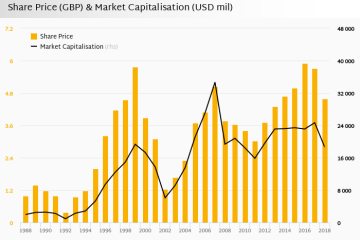Understanding the Triangle of Death and Its Implications
Introduction
The Triangle of Death refers to a geographical area in specific regions that is defined by high rates of mortality, often due to conflict, natural disasters, or disease. This phenomenon is notably present in areas such as Iraq and certain parts of Central America. Understanding the implications of the Triangle of Death is vital for policymakers, humanitarian agencies, and researchers as they strive to mitigate its devastating effects on populations.
Geographical and Historical Context
The most well-known Triangle of Death is located in Iraq, encompassing a region between the cities of Baghdad, Karbala, and Al Hillah. Since the early 2000s, this area has been synonymous with high violence during the Iraq War, including bombings and insurgent attacks, resulting in a significant number of civilian casualties. Interestingly, similar patterns of mortality have been observed in Central America, particularly in countries beset by gang violence and poverty.
Recent Developments
As of 2023, reports indicate that the Triangle of Death in Iraq has seen a resurgence in violence, with the Islamic State-affiliated groups re-establishing themselves in certain regions. Human Rights Watch recently reported increased militia activity, which poses imminent threats to the local population. Moreover, the Covid-19 pandemic has exacerbated health issues, with hospitals overwhelmed while struggling to cope with both the ongoing violence and the health crisis.
Impacts on Communities
The ramifications of living in a Triangle of Death area are profound and multifaceted. In addition to the immediate threat of violence, residents often face food insecurity, limited access to healthcare, and psychological trauma. Children grow up in environments where school attendance is sporadic, affecting their education and future opportunities. The socio-economic fabric of these communities often weakens, leading to cycles of poverty and instability.
Conclusion
The Triangle of Death remains a critical topic for understanding global issues surrounding conflict and mortality. As international attention shifts, it is essential for governments and NGOs to focus not only on immediate military solutions but also on long-term socio-economic development and peace-building efforts. With ongoing violence in certain regions, the need for sustainable interventions has never been more urgent. Vigilance and comprehensive strategies can help break the cycle of death and despair, offering hope to the affected communities.









